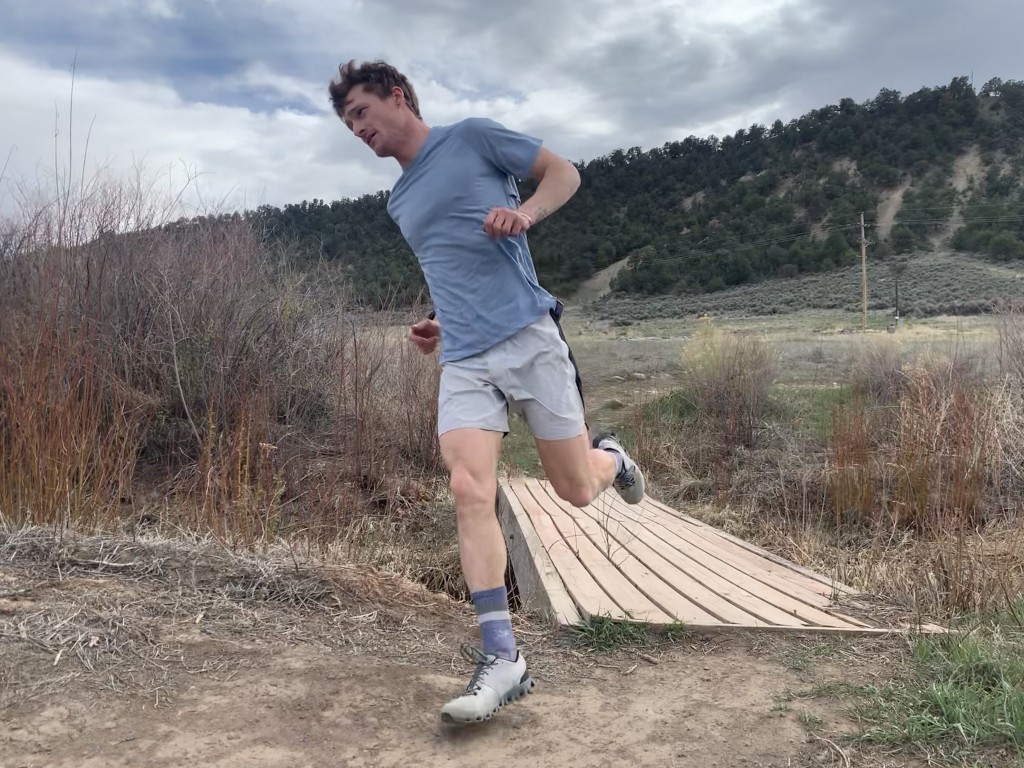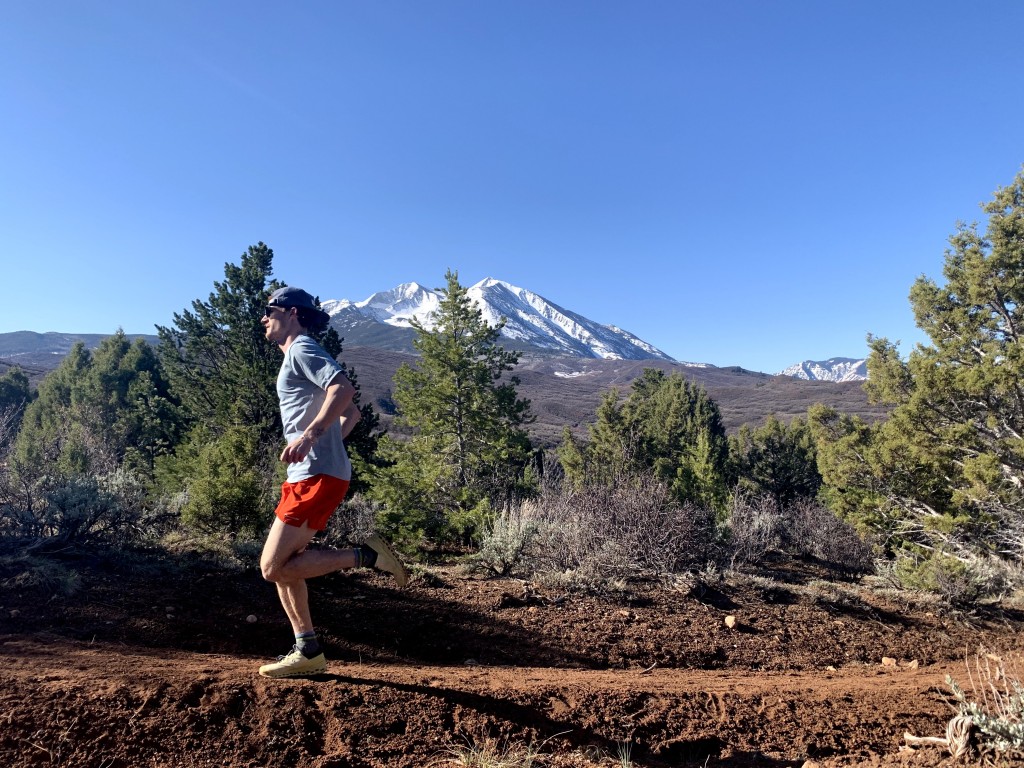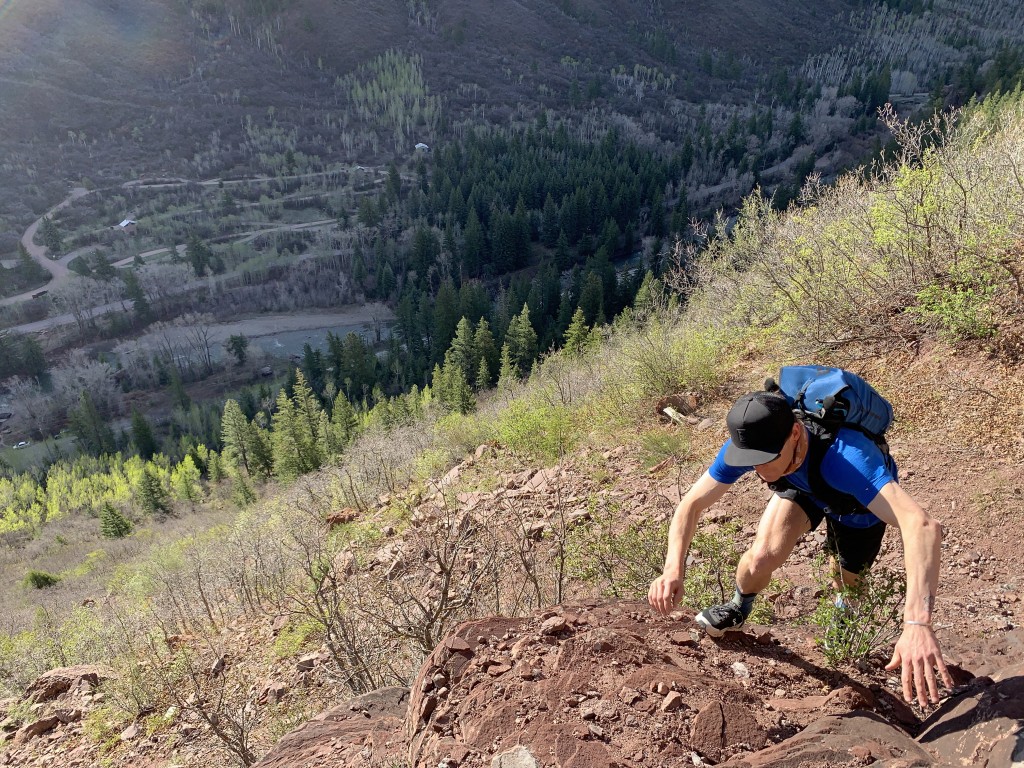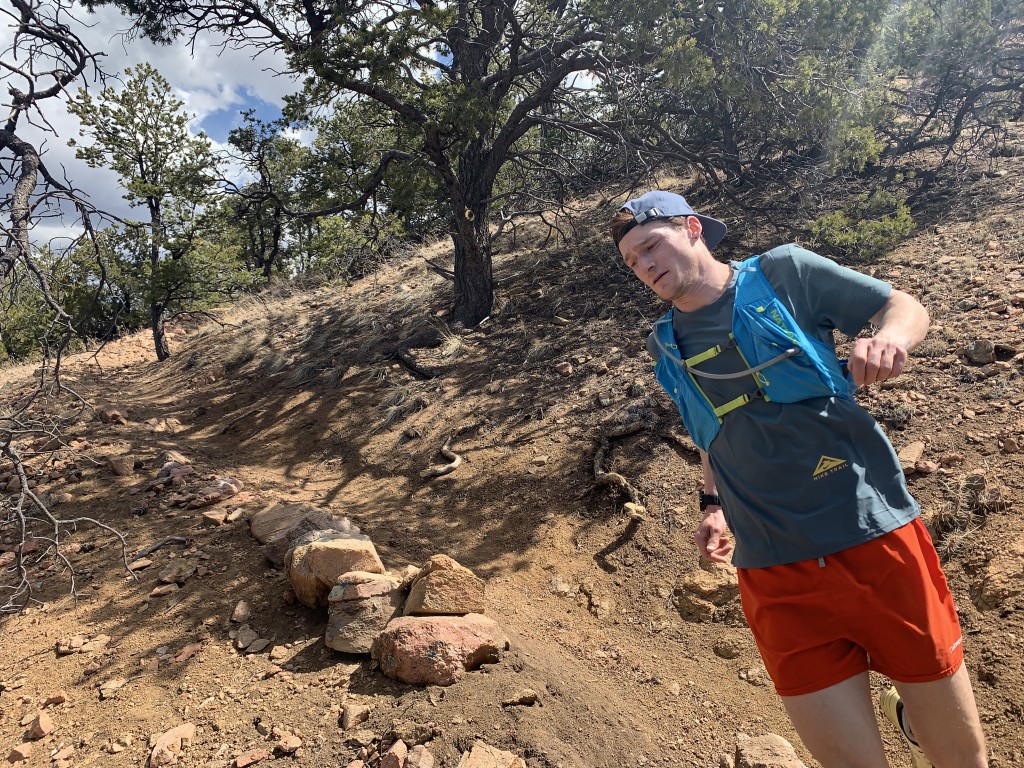What are the ingredients for a great running shirt? We dove feet first into our shoes and got running to figure out just that. We determined which attributes kept us reaching for the same shirts over and over and put a host of highly-rated running shirts through tests designed to find the best.
While our extensive field testing gave us excellent ideas about the merits and problems with each shirt, we also wanted to test some of the metrics in a more controlled environment, where shirts could easily be compared side-by-side. The details of how we tested for each metric are described below.
Comfort
Testing for comfort was largely done in the field — while out running. Upon opening the shirts, we made special note of what kind of stitching was used in all the seams, what sort of fabric weave was used, how the stretch affected the fit — and then paid close attention to these factors while running. We also had multiple runners wear the shirt, to help verify our opinions about comfort. Seams, stretch, and the tightness of the fit are the factors that impact comfort the most, especially when paired with an additional layer or running pack.
Breathability
This is a difficult metric to assess accurately. Our assessments began with field testing on runs in warm temperatures and keeping notes about our experiences. We compared shirts with mesh panels versus those with more solid materials, and the locations of those panels. Based on the accumulation of experiences, notes, and sweat, we came up with scores for breathability for each product.
Drying Speed
Buckle up for some kitchen science! To determine which of our shirts would dry the quickest, we ran them all through a wash cycle and spin dry. The initial weight was post-spin-dry and pre heated-dryer cycle. After obtaining the initial wet weight, we weighed the shirts every five minutes to determine which of the shirts would lose this water weight fastest. Some shirts were completely dry in 15 minutes, others took closer to 40 minutes.
We also took each shirt out on a jog while damp to see if we could determine a drying speed from this more subjective test. In the end, this was significantly more difficult to assess but did give us valuable insight into how each shirt felt when it was moderately damp. This test also gave us an understanding of how each shirt performed in evaporative cooling.
Versatility
When assessing for versatility, we tried to determine how effective the shirt would be for the maximum amount of other uses. Much of this testing took place by using each contender for other activities, such as hiking, climbing, and skiing. We wore every shirt on cold days under warm layers to see how well they fit as a base layer. We then looked at the perceived durability as well as fit and how they affected the versatility of the shirt.
Features
To test features, we first identified what features a shirt had and then set about testing them. While it was not possible to test whether a shirt's UPF rating was working or not (we never got sunburned, FYI), it was possible to test things like the sweatband sewn into the neck of certain shirts or visually test the reflective logos of some shirts. In general, running shirts aren't highly featured and that's okay! They're meant to be simple and functional layers for aerobic exercise.







